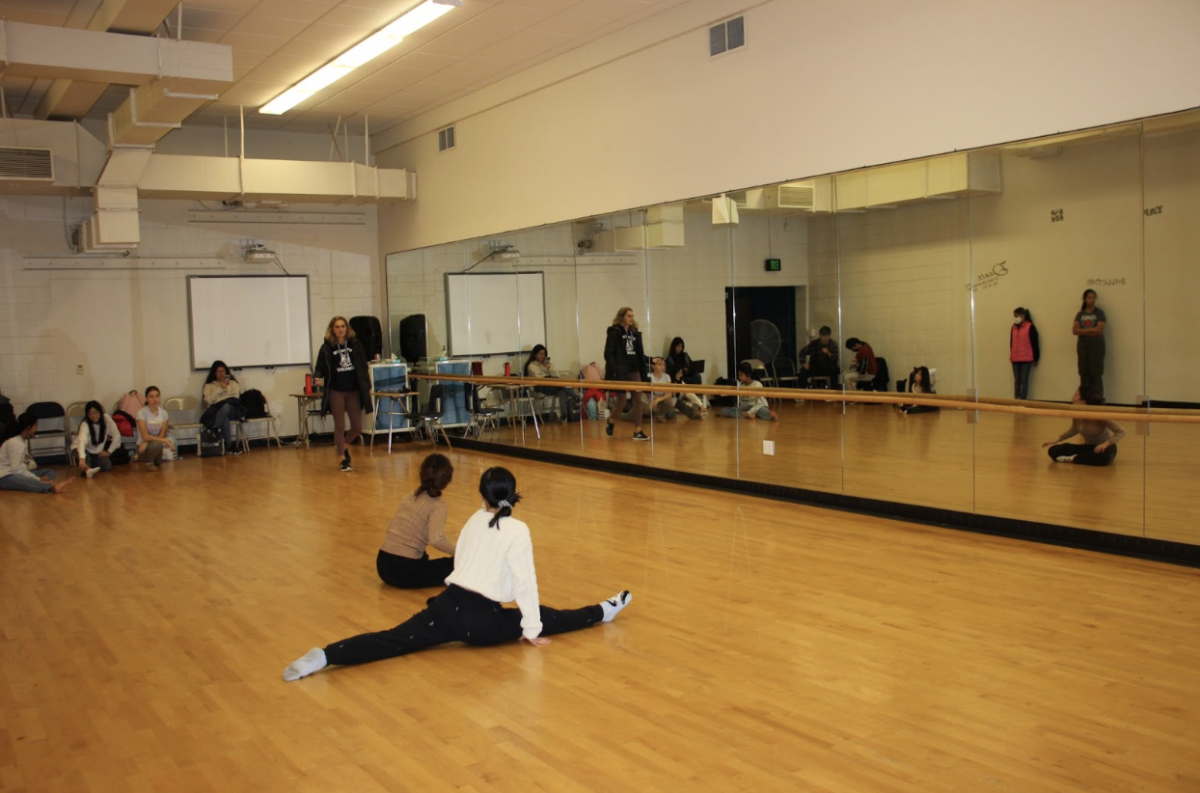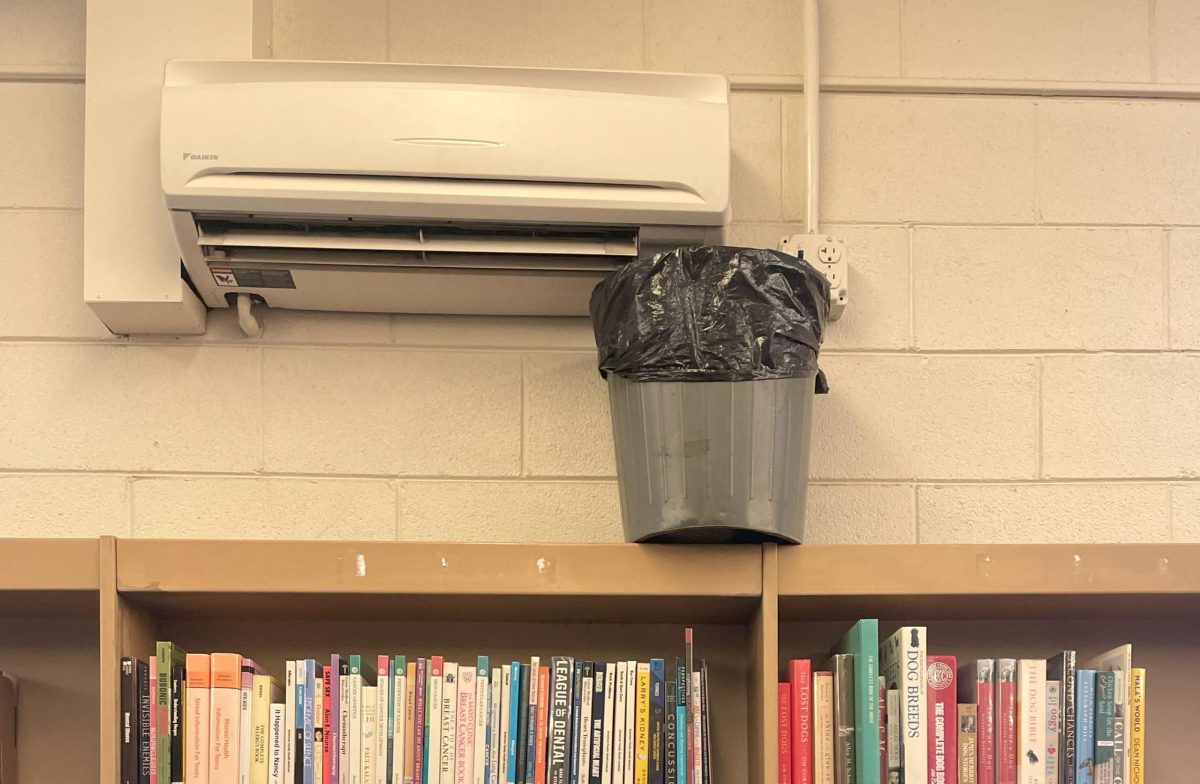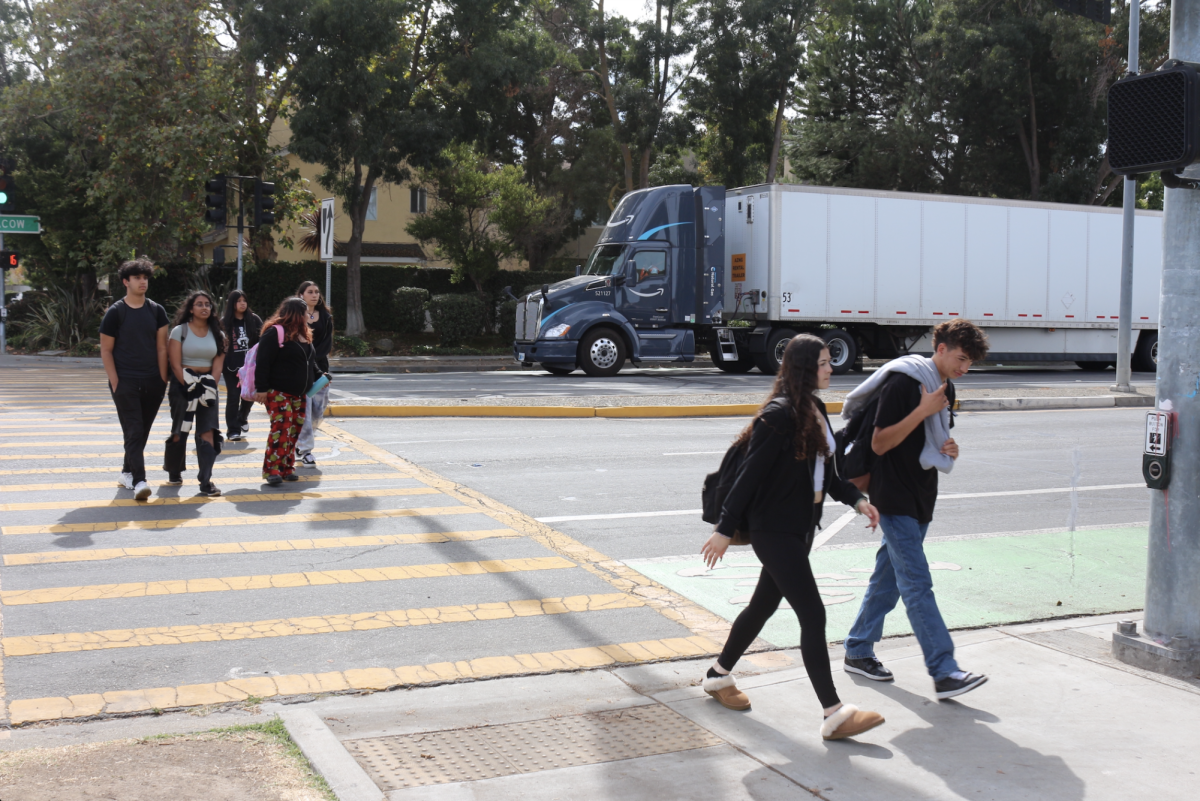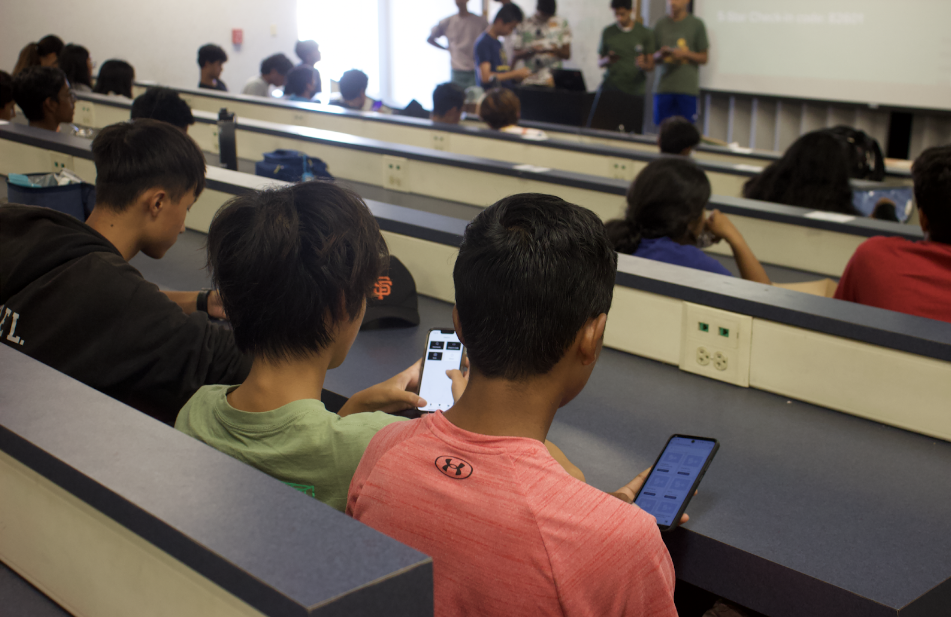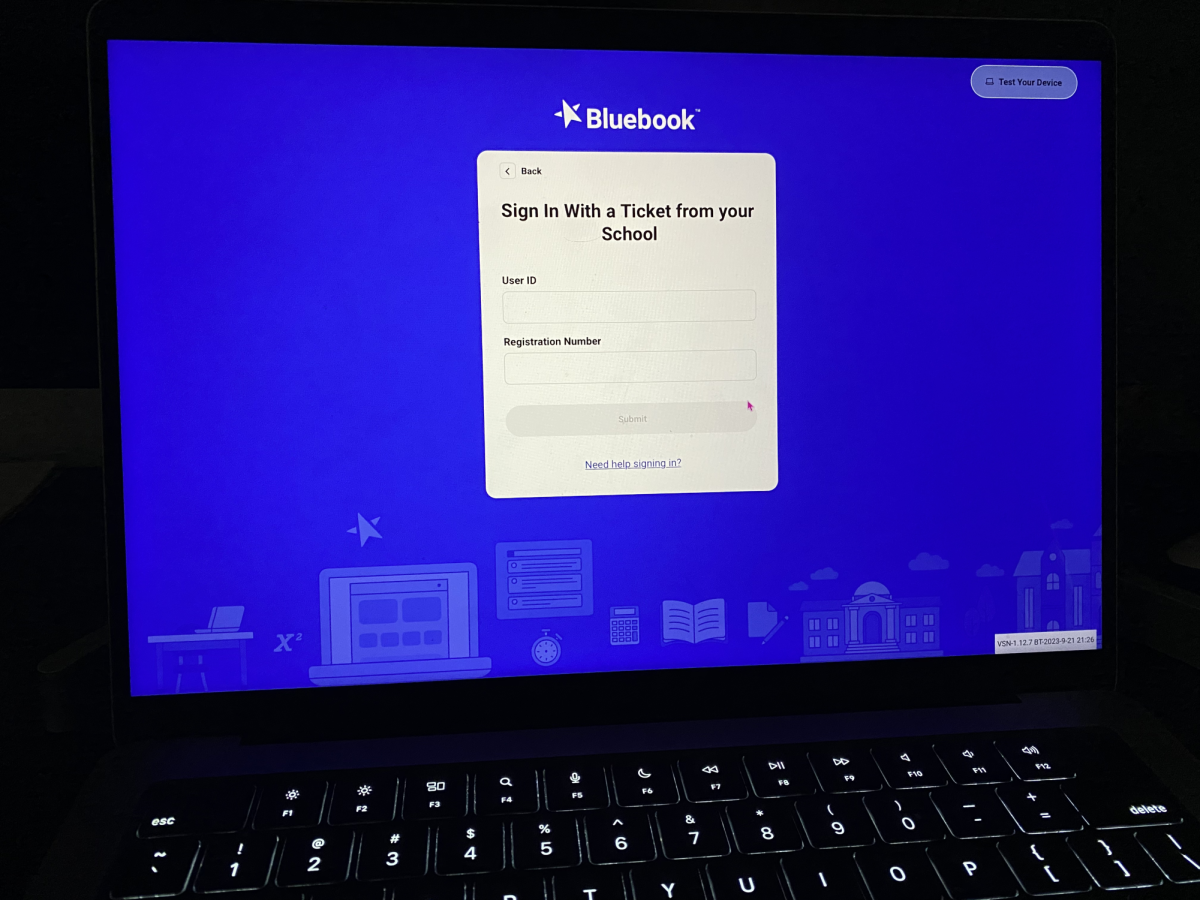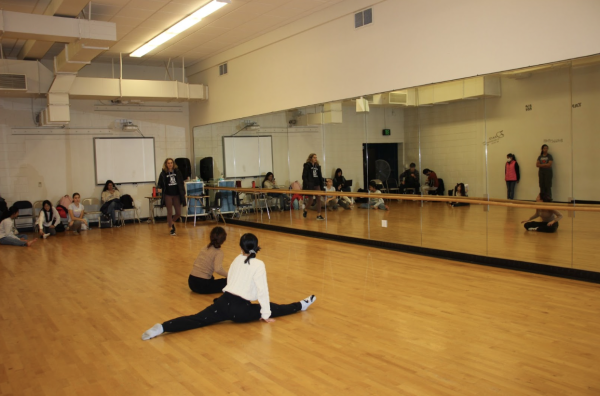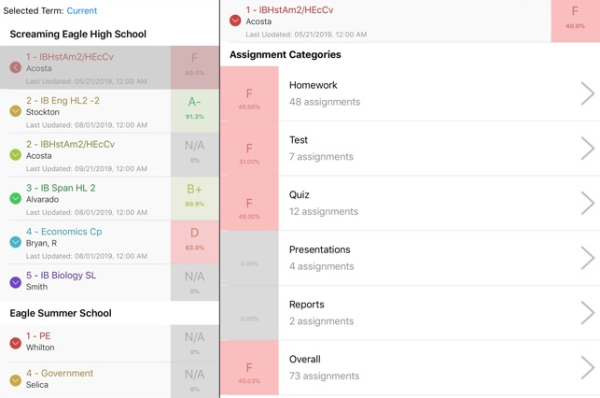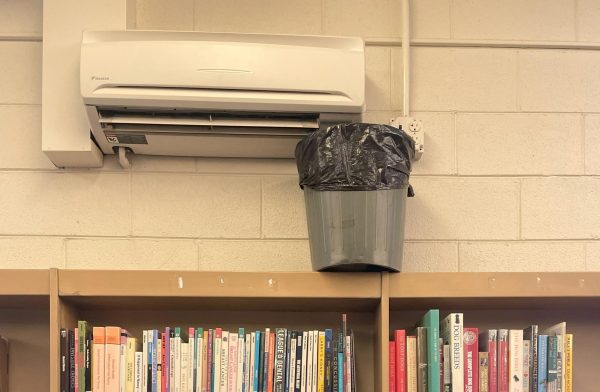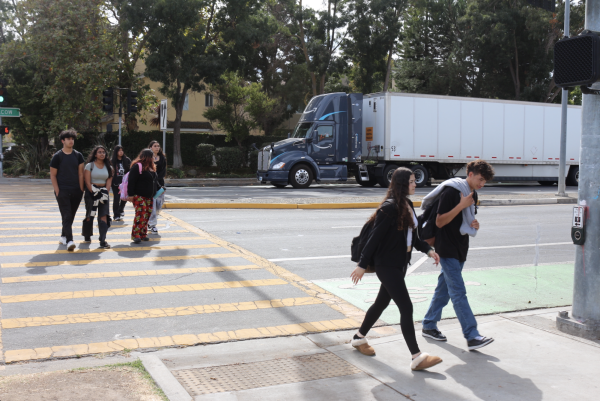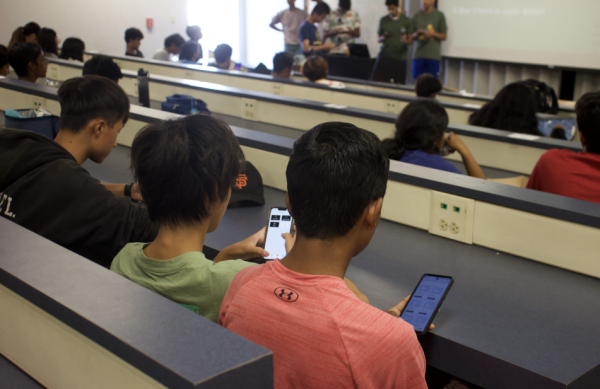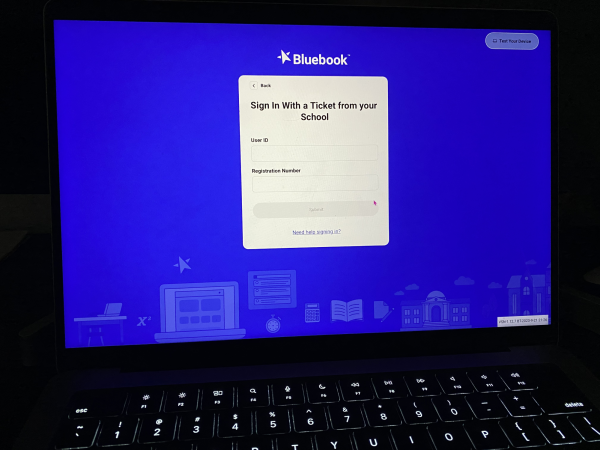Is the growth of bullying solely due to the bully?
Step Up So Others Won’t Get Stepped On!
October 3, 2016
If you Google the words, “Schools don’t do,” then the phrases that pop up in the suggestions box all relate to bullying. Coincidence? Probably not. On the flip side, if you type in, “Schools do,” the third suggestion changes the order of the sentence but still states, “Schools do nothing about bullying.” But exactly why is it that schools don’t do anything about bullying? Well it’s not entirely true. Most schools do try to prevent bullying. There are seminars on anti-bullying, entire weeks dedicated to promoting anti-bullying measures, and of course guidance is constantly given to students to speak with counselors, in the case that they feel victimized by bullying. So if schools are taking steps to preventing bullying, then what are the issues?
For starters, there are just too many barriers. Irvington, for example, has a form located in the main office titled, “Fremont Unified School District Bullying Complaint Form.” This form asks that students experiencing bullying should report a copy of the complaint to the school principal and the Director of Pupil Services. After taking the time to fill out the form and express one’s concerns, how long until the bullying stops? First, the student must talk to an adult in order to even receive a form. Although this form is a generous way for schools to make a student feel as anonymous as possible, there is major flaw in the system. Many students do not feel comfortable approaching adults about issues, and if receiving the form in the first place means that they must confront an adult, then chances are there problems will go unheard. Additionally, I found that there was a lack of awareness for the existence of this form. After talking to three teachers, two counselors, one assistant principal, and countless students, I only received the answer, “I didn’t know we had this” or “Where did you find that?” If the publicity for a solution is not effective, then we cannot blame bullying on only the bully. Even though, leaving a stack of these forms for all students to fill out is not an efficient method of solving the issue, the bully will only receive the consequences for their actions after such forms are filed and action is taken. However, if no one is aware of the forms in the first place, or feels uncomfortable in confronting an adult before even receiving a form to be anonymous, then how can we expect change?
According to the American Justice Department, bullying statistics show that one in four kids will be bullied sometime throughout their adolescence. And of those children bullied, over 67 percent believe that schools respond poorly to bullying, with a high percentage of students believing that adult help is infrequent and ineffective. We clearly need a system. Something that currently does not exist. Protocol is important in order to effectively answer the needs of students and combat the issue at hand. This protocol currently does not exist. In fact, there is no federal law that addresses bullying; any laws pertaining to bullying are dependent on the state. Therefore, it is vital for states to create systematic procedures for faculty which can prevent and potentially rehabilitate bullies. With these changes, we can see a decline in bullying.
Another major concern for addressing bullying is in the act itself. What defines bullying? For a bystander taught to interfere or call for help when he or she has witnessed bullying, what differentiates a friendly punch from an unfriendly punch? It is not easy to figure out. According to Regional Educational Laboratory’s studies on bullying, over 62% of bullying that is not reported is due to rumors. The prominent kind of bullying is categorized as emotionally harmful rather than physically. For that reason, reporting bullying by peers becomes difficult since emotional pain is something we cannot see, unlike physical harm.
Although schools are taking strong measures to help reduce bullying in our communities, there are just too many underlying problems. Step up so others won’t get stepped on!





